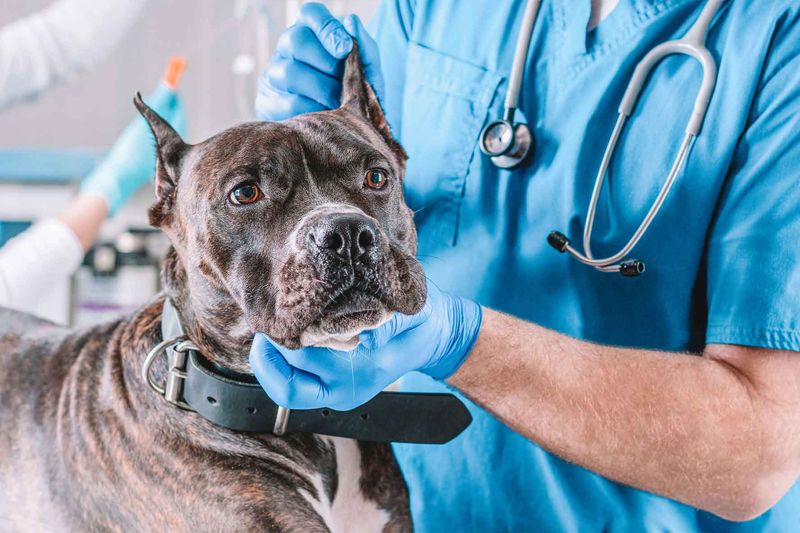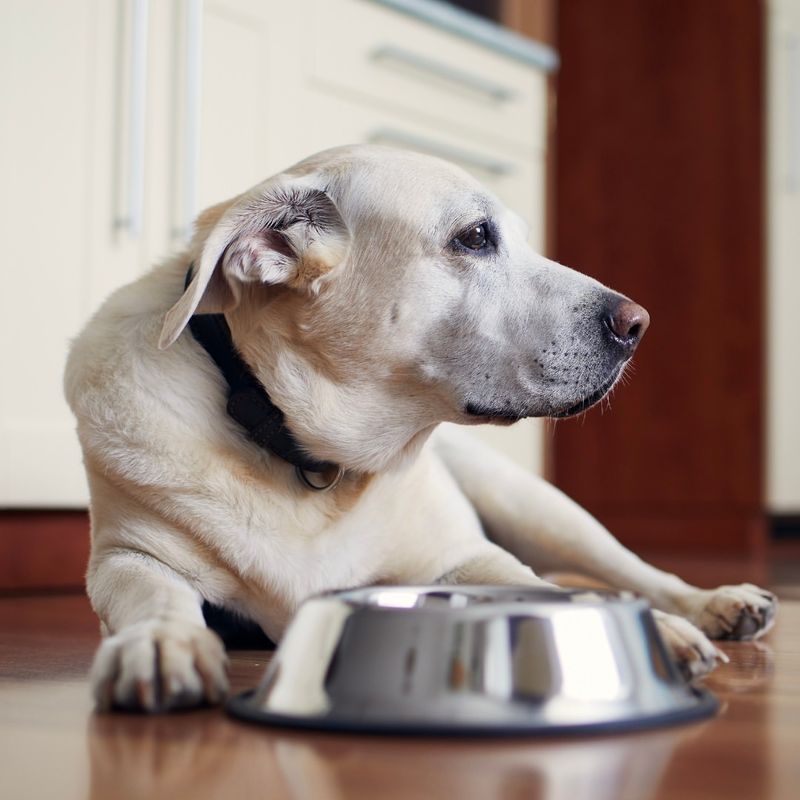📖 Table of Content:
As devoted pet owners, staying alert to the subtle signs of potential health issues in our dogs is an essential part of their care. Among the most serious concerns is cancer, a condition that, if caught early, can greatly improve treatment options and outcomes. Recognizing early warning signs can help you act quickly, giving your furry friend the best chance for recovery and quality of life.
Early detection is key when it comes to managing cancer in dogs, as many symptoms may appear mild or unrelated at first. From unexplained lumps and changes in appetite to unusual behaviors, these signs can signal underlying health concerns. Being proactive and vigilant about your dog’s well-being allows you to seek veterinary advice promptly and address issues before they escalate.
Check out these 7 critical warning signs of cancer in dogs that every pet owner should know. By understanding these indicators, you can provide timely care and attention for your beloved companion. Remember, your awareness and swift action can make all the difference in protecting your dog’s health and happiness.
1. Unexplained Weight Loss
Notice if your dog is shedding pounds unexpectedly. Weight loss without a change in diet or exercise can be alarming. It might suggest underlying health issues, including cancer. Pay attention to your dog’s eating habits. Are they consuming the same amount, or seem disinterested in food? Perhaps they show signs of difficulty eating.
These could be clues pointing to a health concern. Consulting a vet at this stage is wise. Catching the problem early could make a significant difference in prognosis, allowing for timely intervention. Keep a close eye on your pet’s weight and appetite patterns.
2. Lumps or Bumps
Discovering a new lump or bump on your dog can be concerning. While not all lumps mean cancer, they warrant a vet’s attention. Regularly check your pet for any abnormal growths. Size, texture, and any changes over time can provide essential clues. Some lumps could be benign cysts, while others might be more serious. Encourage familiarity with your dog’s body.
Through routine petting or grooming, you can detect any unusual changes early. Early detection can lead to better outcomes. Don’t hesitate to seek a professional opinion if you find something suspicious.
3. Persistent Cough
A cough that doesn’t go away could be more than just a common cold. Persistent coughing in dogs may signal lung problems or other severe conditions like cancer. Monitor the frequency and severity of the cough. Is it accompanied by difficulty breathing or lethargy?
Such symptoms deserve immediate attention. Acting promptly by consulting a vet can help diagnose the issue early. It’s always better to rule out serious conditions early on. Remember, a simple cough can sometimes be a sign of a more significant health problem. Always err on the side of caution.
4. Changes in Eating Habits
Alterations in your dog’s eating habits can be subtle indicators of health issues. Whether it’s a sudden loss of appetite or unusual cravings, changes shouldn’t be ignored. These shifts might suggest gastrointestinal problems or even cancer.
Observe your pet closely. Are they avoiding meals or showing signs of discomfort while eating? Such behavior warrants a visit to the vet. Early diagnosis could lead to more effective treatment options. Encourage regular feeding routines and monitor any deviations. Keeping an open line of communication with your vet about these changes is always beneficial.
5. Lethargy and Fatigue
Noticeable lethargy in your dog could indicate underlying health issues. Dogs, like humans, have varying energy levels, but persistent fatigue isn’t normal. It could point to anemia or more severe conditions like cancer. Evaluate if your pet is avoiding activities they once loved or spending excessive time sleeping. These are vital signs that require prompt attention.
A veterinary check-up can rule out any serious conditions. Remember, early intervention is key to managing health issues effectively. Keeping your pet active and engaged is essential, but always be mindful of their energy levels.
6. Difficulty Breathing
If your dog is struggling to breathe, it could be a sign of a serious health concern. Labored breathing can indicate respiratory issues or cancers affecting the lungs. Observe any wheezing, rapid breaths, or coughing. These symptoms need immediate veterinary attention. Ignoring such signs could lead to more severe complications.
Keep track of any accompanying symptoms like blue gums or collapse. These are indicators of distress. Acting swiftly and seeking professional guidance can make a significant difference in your pet’s health. Regular check-ups can help prevent the escalation of such issues.
7. Changes in Bathroom Habits
Alterations in your dog’s bathroom habits can be subtle yet revealing signs of health problems. Whether it’s straining to urinate or changes in bowel movements, these could hint at underlying issues. Such changes might indicate urinary tract infections or cancers in the urinary system. Keep an eye on any discomfort, frequency, or unusual odors.
These symptoms call for a vet’s evaluation. Prompt attention can lead to early diagnosis and more treatment options. Encourage regular bathroom routines and note any deviations. Open communication with your vet about these concerns is crucial.







